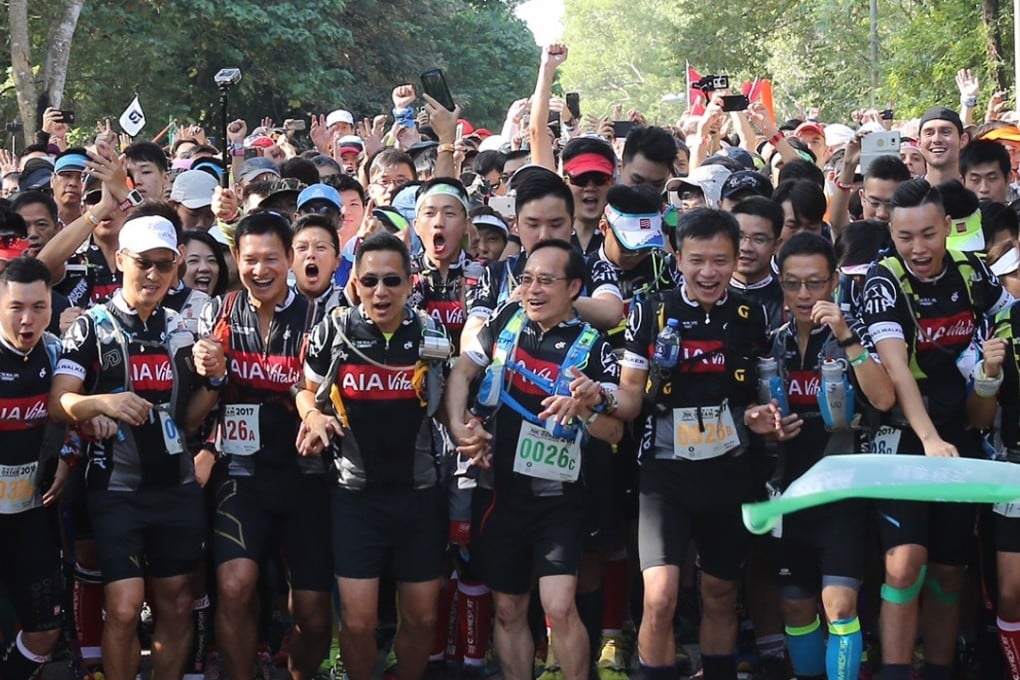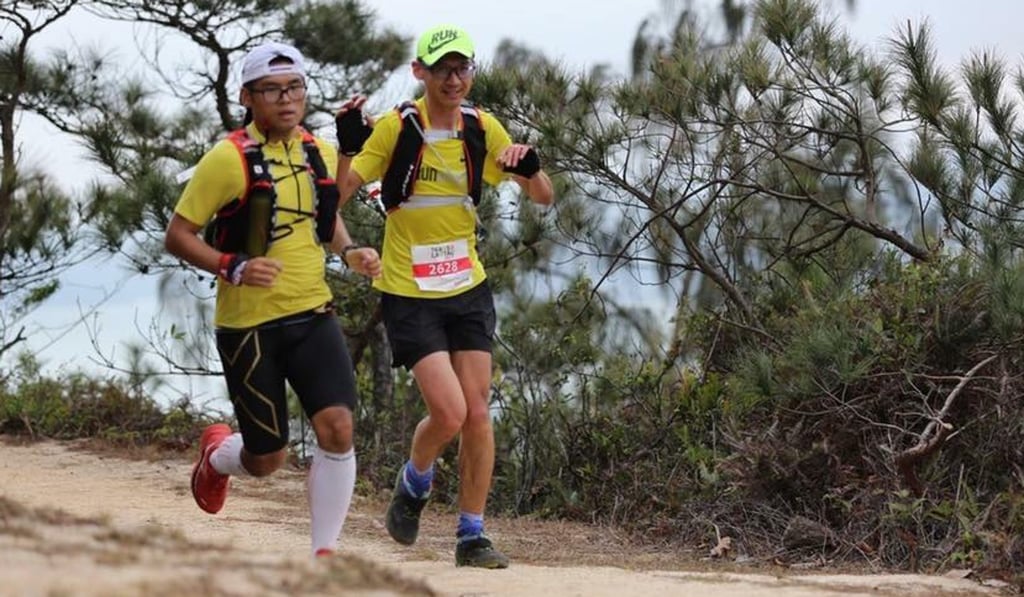Is an orchestrated trail race ‘ambush’ the latest example of tension between Hong Kong runners and hikers?
Trail race markers are removed, by accident or malice, and organisers are blaming tension between runners, hikers and an underfunded government department

The TransLantau 100km ultra marathon was the target of an “organised attack”, claim organisers. Runners became lost and confused when they reached junctions where the markers had been removed.
“It was a well organised ambush by a group who was removing the markings just after our forerunners [who conduct a final check of the course] left,” race director Clement Dumont said.
“They were placing markers onto different trails to ensure the participants go in the wrong direction.”
Dumont identified the problem and sent out volunteers, but the saboteurs were relentless and Dumont had to remark one section four times.
“We were fighting with a group who knew exactly what they were doing and it was hard to anticipate all their moves,” Dumont said. “We had to place marshals at some critical intersections.”

The persistent nature of the marker removal indicates it was organised, but missing markers is a problem every race director faces in almost every race.